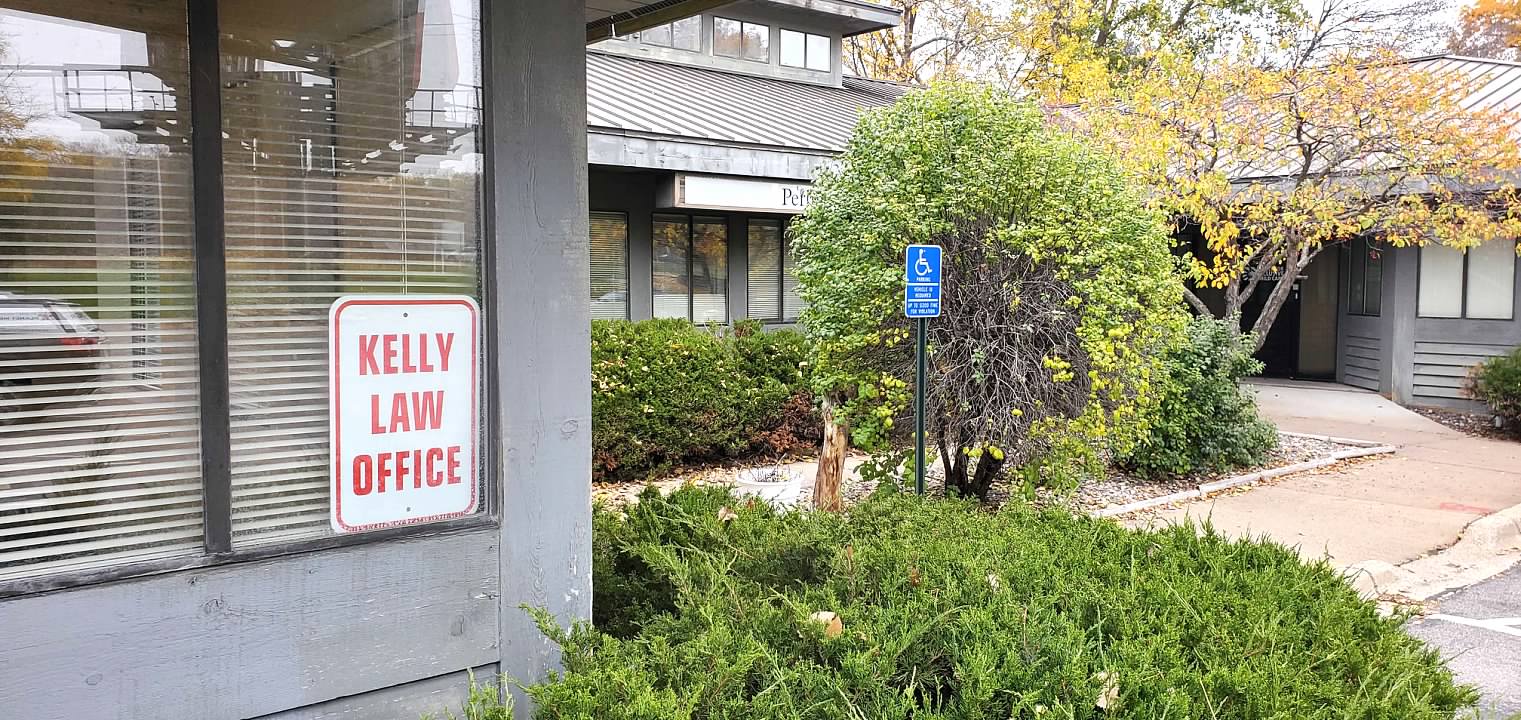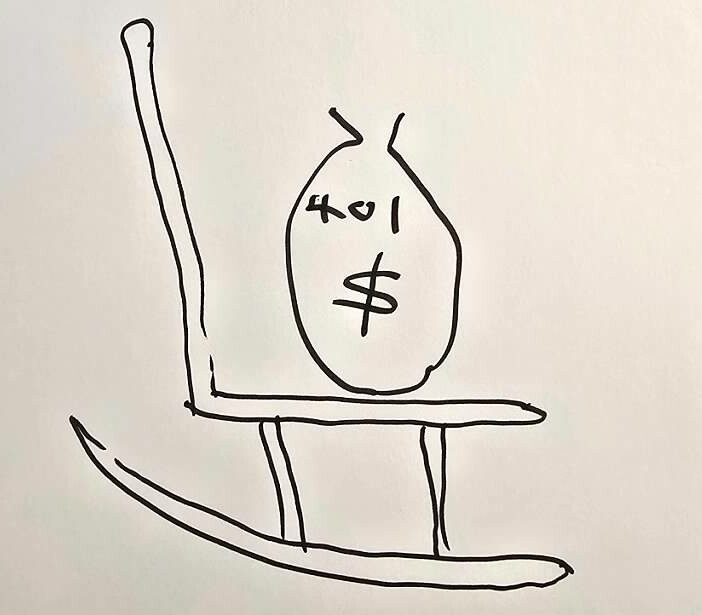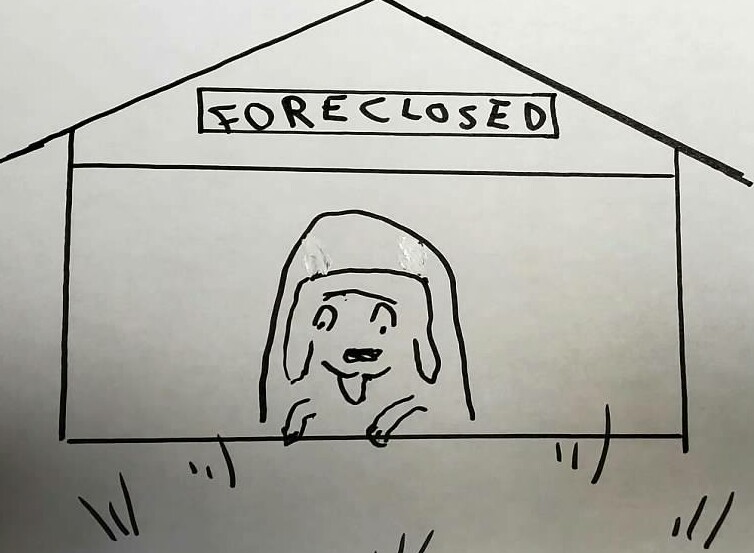By Dave Kelly, Minnesota Bankruptcy Lawyer
This is the 5th post of my series on the top seven myths about consumer bankruptcy. In almost 50 years of law practice, I’ve never had a bankruptcy client lose their pension, 401K, 403B or IRA.
What is the “Bankruptcy Estate”?
As you start working on preparing to file your bankruptcy, you may hear reference to the idea of “bankruptcy estate.” The bankruptcy estate is a theoretical category of assets that the bankruptcy trustee can take, liquidate and distribute to your creditors – UNLESS you claim them as exempt. Almost everything you own will ordinarily be in this category. You can see the importance of being able to claim your stuff as exempt.
You may have some things, however, that are outside the bankruptcy estate. Anything that isn’t really yours is probably outside the bankruptcy estate. One example might be an automobile that you use but which is titled in someone else’s name. When an asset is outside the bankruptcy estate, you don’t need to claim it as exempt because the trustee can’t touch it whether you claim it as exempt or not. Just to make sure, I like to claim such things as exempt anyway if I can. I’ll describe the asset as “not part of bankruptcy estate and of no value to bankruptcy estate; listed here for information purposes only.”
Pensions, 401K accounts and 403B accounts are usually outside the bankruptcy estate. This is because they are protected by a federal law called the Employee Retirement Income Security Act of 1974. Also known as ERISA, this law erects a barrier which in the vast majority of cases keeps bankruptcy trustees away. As long as it’s an ERISA qualified account, it’s safe. With any such account, it’s a good idea to check and make sure that it is ERISA qualified. Your lawyer should be able to tell by looking at it.
Included in the Bankruptcy Estate
For reasons I have never quite understood, IRA accounts are typically not protected by ERISA. This means that they are within the bankruptcy estate. Before filing your case you want to be sure that the account can be claimed as exempt.
Most of my cases are filed using the federal exemptions. The only reason to use the alternative, which is the state exemptions, would be to protect the equity in a home. Under the federal exemptions IRA accounts are exempt. There is no limit under the federal exemptions as to the amount in the IRA account.
If you need to use the Minnesota state exemptions, there is a dollar limit. Under Section 550.37 IRA accounts are exempt up to $81,000 at the time of this writing. Scroll down to the section on “Employee Benefits.”
Exceptions to Watch Out For
You have to be careful about any kind of retirement account or pension that you have either inherited or acquired through a divorce. Those are tricky and might under some circumstances be reachable by a bankruptcy trustee.
One big problem is inherited IRAs. If the IRA account is inherited, it’s usually not exempt. It’s not considered to be a real retirement asset because you are not the one who put it aside so you could retire some day.
Another problem could be a 401K which is on it’s way to you from either an inheritance or a divorce. One of the main problems with these is that there is so much paperwork involved in getting the account transferred to you. If the account is somewhere in the pipeline on it’s way to you, the trustee in bankruptcy may get her hands on it.
To be ERISA protected the account has to have gone through all the hoops to the point that it is set up in a new 401K account with your name on it and under your social security number. Even then you better have your lawyer take a close look at it. When it’s not an account that comes to you through the usual process of being accumulated at your place of employment, I’m always afraid that a trustee might somehow be able to get at it.
Often in divorce situations accounts sit with the transfer incomplete. The divorce decree alone is not enough to transfer the account, but most people don’t know that. If you received any kind of pension or retirement account through a divorce, be sure you let your lawyer know that’s where it came from. The rules regarding that account may be different. An IRA account obtained through a divorce is very unlikely to be exempt.
This post is for information purposes only and is not intended to be a substitute for having a real attorney take a close look at what retirement funds you have. Don’t try to file a bankruptcy by yourself. Get a lawyer.
Better call Dave. 952-544-6356.








